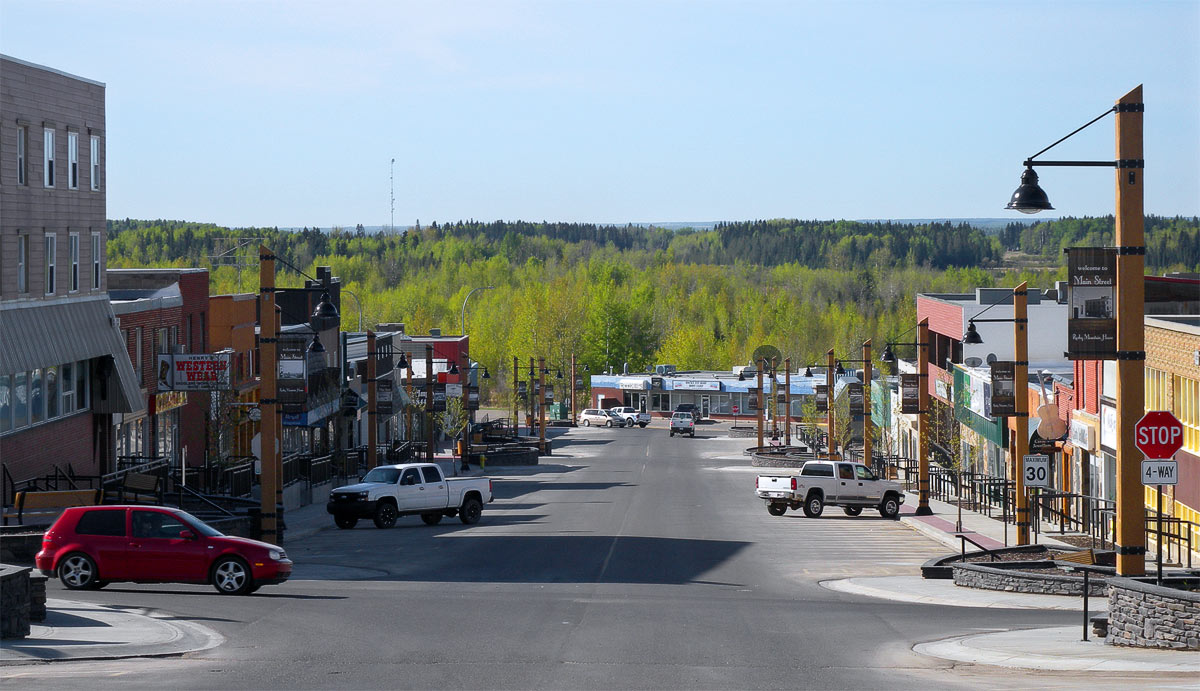About
Our Town
Our town Rocky Mountain House is located in west-central Alberta in Canada, close to where the Clearwater and North Saskatchewan Rivers merge. The community of more than 7,000 is about 77 km west of Red Deer, and roughly 200 km away from the cities Calgary and Edmonton.
The town's history dates back to the 18th century, when British and Canadian fur traders built rivalling posts at the westernmost reaches of the fur trade along the North Saskatchewan River. During the fur trade the area was visited by several Aboriginal groups, which came to trade.
The trading posts belonged to the North West Company (NWC) and to Hudson's Bay Company (HBC). In 1821 the two companies merged, and the name of Rocky Mountain House was retained from one of the posts' names. The explorer David Thompson used Rocky Mountain House as a launching point for his search for a passage west to the Pacific Ocean across the Rocky Mountains.
The Rocky Mountain Fort in 1848 by Paul Kane
During its history the trading posts were opened, rebuilt and closed several times. Four different forts were built in the area, which today are preserved within Rocky Mountain House National Historic Site.
In the early 20th century the CPR (Canada Pacific Railway) line to the coal fields at Nordegg was built. This hastened settlement and commerce. In 1939 Rocky Mountain House gained the status of a town with a population of about 800 settlers.
Today Rocky Mountain House is popular for its history of trading and adventure. The highway dedicated to explorer David Thompson leads through one of the most beautiful and breath-taking landscapes of Western Canada.

Rocky Mountain House in 2016














![By Kane, Paul, 1810-1871. [Public domain], via Wikimedia Commons By Kane, Paul, 1810-1871. [Public domain], via Wikimedia Commons](/files/images/articles/rocky_mountain_fort.jpg)